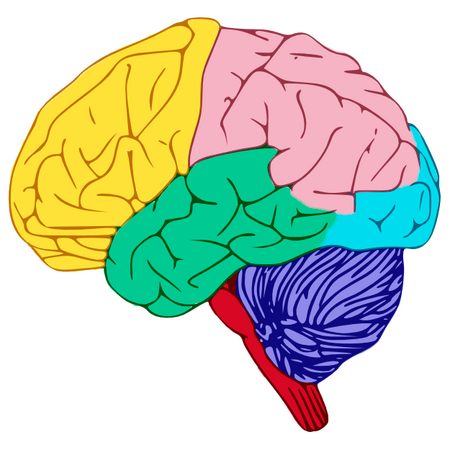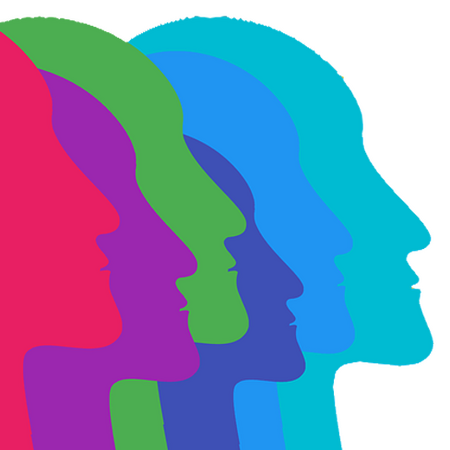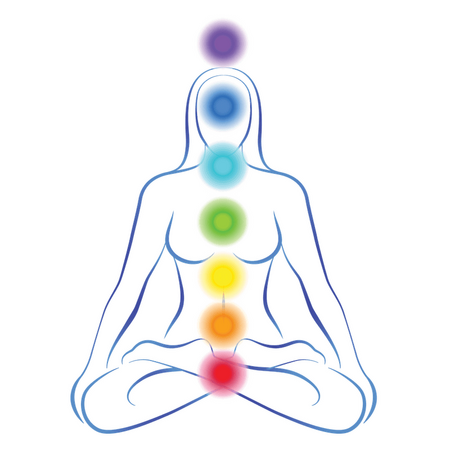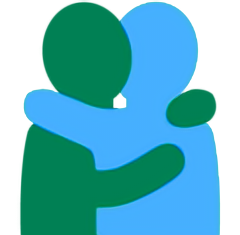did/osdd education
hello, and welcome to this page!
odds are, if you're seeing this page right now, someone you know and love has just come out to you as a system. and, odds are, you're a little off-set. nervous? confused? scared? don't worry, we've all been there. thank you for putting the time in to read these; it means a lot to a system to know you're properly educating yourself.this page will contain unmarked mentions of many triggering topics, mostlly all kinds of ab*se. please proceed with caution.please continue downward to keep learning more!
what is did/osdd?

this flag was created by the bastard system/mushroom kingdom.
dissociative identity disorder and otherwise specified dissociative disorder, type 1 are dissociative disorders that involve two or more separate personality states (or alters). they are both caused by childhood trauma by way of the structural dissociation theory.
the structural dissociation theory states that, after intense trauma, the personality is prevented from integrating into one person (most commonly called a singlet) and, instead, lives dissociated in the forms of apparently normal parts and emotional parts. these parts can also be found in disorders like post-traumatic stress disorder and borderline personality disorder. click here or here for more detailed descriptions!did and osdd are very stigmatized conditions and also very hard to be diagnosed with. this is due to fearmongering, even within the medical community, and belief that the condition simply doesn't exist. it takes an average of seven years for a system to even be considered for a diagnosis. this may lead a system to diagnose themselves. self-diagnosis is not harmful. please read more on it here.
self-diagnosis
self-diagnosis can be an important thing for systems, because they may not have access to a diagnosis for many reasons. this reason could be:
lack of access to a psychiatrist (due to issues with finances, distance/travel, trust, etc)
out of fear (diagnosis with did/osdd could cause problems in the future, not to mention how personal the condition can be. some people may not be comfortable talking about it to people they don't trust yet)
time (it takes an average of seven years in the psychiatric system to get diagnosed)
many, many others
please do not call your self-diagnosed friends liars. "the enemy you know is a lot better than the one you don't"; as in, grappling with dissociation and trauma is hard. having a name that encompasses symptoms makes it far easier to manage than just willy-nilly keeping track of things. there is a relief that comes with having a name, there is a hope and a motivation to it. there is an incentive to get better, there's something you can call on for explanation.
even if they end up being incorrect about being a member of a system, it does not mean they've lied to you.
people who diagnose themselves often put a lot of time and thought into what they say they have, and often doubt themselves. please treat them with kindness.
structural dissociation
here's a quick rundown of how the theory of structural dissociation works:
a child is born. this child does not have one "personality," but several emotional states (ie, happy, sad, angry, etc). this could be an explanation as to why babies can switch mood so quickly.
the child goes through severe trauma. this trauma can be anything the brain says is severe, including something that may only be "perceived."
dissociative walls go up. these separate the personality states (happy from sad, for example) to keep a child from remembering the times they were sad, in one way or another.
these personality states develop into other beings, with their own wants and needs.
these steps must happen before the ages of 7-9 for alters to truly form. this is because, around this age, the personality truly integrates into one being.
what are alters?
dissociative parts, more commonly known as alters, are what defines did/osdd-1 as different from many other dissociative disorders. they are alternate states that the brain switches through due to triggers, and usually have differences in things like interests, vocal tone, and, of course, personality. however, they are not "personalities." these are things they have, not things they are.
no alter is created for no reason. many have roles, or functions they carry out to help aid the system in survival and recovery. some roles are very specific, some not so much. alters can also identify with several roles.
(buckle in, there's a lot!)
| host | hosts are no more "important" or "real" than other alters. |
|---|---|
| host | likely the alter you'll see the most. this alter is equipped to handle most day-to-day existence. anybody can be host, as long as they're able to handle this piece of existence. there can be several hosts or none at all. |
| cohost | another host, likely someone who takes the wheel when the primary host cannot handle what's going on at any given time. there can be several cohosts or none at all. |
| protectors | protectors exist for all kinds of abuse. |
|---|---|
| protector | an alter who protects by fronting when the system is under turmoil. protectors are commonly closed off and uninterested in relationships due to their nature; however, there are always exceptions. |
| phys. protector | a protector who keeps the system from experiencing bodily harm, usually in the form of physical abuse. these alters may allow themselves to be harmed (commonly having a higher pain threshold than others), or front until a pain stops hurting. |
| emot. protector | a protector who keeps the system from experiencing emotional abuse. these alters may be apathetic or cold to keep themselves unaffected. |
| sex. protector | a protector who keeps the system from experiencing sexual acts. this may be via avoiding sexual abuse or fronting in sexual situations to appease the abuser while keeping the rest of the system safe. may or may not be a sexual alter. |
| avenger | a protector who wishes to seek vengeance against their abusers in one way or another. may hold anger from their abuse, and commonly uses this to motivate them. not to be confused with perpetrator. |
| persecutors | persecutors are not "evil alters." |
|---|---|
| persecutor | an alter whose attempts to protect the system usually end in harm. persecutors are not evil, just misguided, and can learn from their mistakes just as any singlet can. most want to, and many do. please be patient with them, and try not to condemn them as a whole. |
| phys. persecutor | a persecutor whose attempts at protection usually end in bodily harm, usually in the form of self harm or seeking out of abuse. |
| ment. persecutor | a persecutor whose attempts at protection usually end in harm to the mental state. these may come in thoughts of doubt about the system or the existence of alters, or what one may think is a particularly harsh inner critic. |
| perpetrator | a persecutor whose measures end in those outside the system being harmed, not the system itself. like avengers, they usually hold anger that motivates their actions. |
| other roles | |
|---|---|
| internal self-helper | an alter who manages most of the system; knows names, origins, etc. usually uncommon fronters. may also be known as managers, archivists, etc. |
| gatekeeper | an alter who manages dissociative barriers. they may assist in integrations/fusions, decide who gets which memories, and managing the creation of the innerworld. however, they're most well-known for choosing who gets access to front. |
| caretaker/soother | an alter who takes care of the system and body. this term is vague and can be defined differently from system to system. there can also be external versions of these roles. |
| trauma holder | an alter who holds the trauma the system experienced. depending on the amnesia, they may hold all memories of it, or simply the feeling. trauma holders are usually the most responsive to triggers. |
| trauma-free alter | an alter who does not know or care about the trauma. usually happy and innocent. do not tell trauma-free alters about their trauma. |
| memory holder | an alter who holds a selection of memories that may or may not be traumatic. only common in systems that actually experience amnesia. |
| emotion holder | an alter who holds an emotion associated with a time period. these emotions may usually be anger or sadness. |
| sexual alter | an alter whose purpose is inherently sexual in nature. they may hold hypersexuality. |
who an alter is depends on more than their role, of course.
| introject | an alter whose basis is a pre-existing entity. this may be a fictional character, a real person, anything in-between or out of them. most introjects understand that they are not the person they are based on in the flesh; however, some may have delusions of such, and others may simply find comfort in the validation. |
| fictive/ fictroject | an introject of a fictional character. |
| factive/ factroject | an introject of a real person. this could be anyone from relatives to celebrities. |
| f*cktive/ f*cktroject | an introject of multiple entities, some real, some fake. |
| fragment | an alter whose identity is not fully formed or one-dimensional. may form into a full alter later. |
| subsystem | a system within a system, usually hosted by one alter. |
| role rejector | an alter who refuses to accept a name for their role. |
| misc. | some systems may have roles (or definitions of such) unique to their system. |
nonhuman alters
alters can, and commonly do, present as nonhuman. they can present as animals, supernatural creatures, humanoids, and much more. these forms are commonly taken on either as a defense mechanism or a coping mechanism.
nonhumans are not technically "nonhuman" because they all work on a human brain. however, they may display characteristics of their nonhuman forms, ie hissing at people in defense.alters that appear a different race from the body
alters can present with a different skin tone from the body in the headspace. some may present with more than that, including but not limited to an accent, physical features, or even a vague connection to the "culture" (or its stereotypes).
however, alters of a different ethnicity than the body cannot truly be the different ethnicity. they have no experience living as such, and will never truly understand what it's like to do so. along with this, a white body cannot experience the same prejudices that a body of color can.
alters do not age in the same way that singlets do. some may age yearly, some may jump around a certain range, some may stay the same age forever. this is because alter age is a mental age. trauma victims mature faster than those who don't go through trauma, and this, along with childlike states caused by the same trauma, mirrors in alter ages.
| little | any alter who is 0-12 years old. this range may change from system to system. littles have an extreme range of capability, due to them likely working on an adult brain. however, they should still be treated like children. |
| middle | any alter who is 13-18 years old. this range may change from system to system, and this name is not very commonly used. |
| age slider | any alter whose age changes on a set scale. their "physical age" may change along with it. not to be confused with age regressor. |
| age regressor | any alter whose mental age gets lower than normal. typically used by trauma survivors (including singlets) as a way of reclaiming a childhood that was never trult experienced. not to be confused with age slider. |
| ageless | a term used to describe alters that don't identify with a specific age, be it because the number is purely too high or because an age is too vague to understand. ageless alters are commonly nonhuman. |
alters share the same brain, so for the most part, if a mental illness affects one alter, it may affect all of them in some way. however, this is not always the case.every alter has c-ptsd and did/osdd. these are part of the diagnostic criteria and cannot be avoided. however, some of their affects may be less visible in certain alters (ie trauma-free parts).
neurodivergencies (autism, tourette's syndrome, ocd, etc.) will always impact every alter in some way, even if it does not typically show. these are things that are part of how the brain works, and most of the time cannot be avoided.
some mental illnesses, like most personality disorders (aspd, hpd, etc.) will only afflict the alter that has them. this is because they affect the personality, and not so much the brain.
some things will not affect some alters at all that one might think should. these include ptsd itself, dysphoria (of all types), and things like depression and anxiety. every alter has their own feelings on things, and may find themselves more susceptible to these feelings.some alters can appear to have afflictions that the body does not actually have. for example, alters can be blind or deaf by way of heavily dissociating from the eyes or the ears to the point where any information taken in does not process. alters can also have glasses prescriptions when the body does not need one, be more or less prone to pain (from flareups to your average bump), or even have what they feel to be a neurodivergence or disability. however, if the body does not have those neurodivergencies or disabilities, they are only in appearance. please do assist alters with conditions unheld by the body; they still have those issues all the same.
what isn't true?

systems are very vague, strange things, to the point where much about them is still a mystery. media demonizing the disorder doesn't help either. this has led to multiple misconceptions about the disorder. here are some:
| systems aren't real! | you wouldn't be here if they weren't! |
| systems are all dangerous! | systems are not dangerous, and odds are the big scary alter isn't going to kill you. (there usually is not a big scary alter at all.) alters that cause harm are more likely to do it to the body, the rest of the system, or themselves, than they are to anyone else. |
| systems can form without trauma! | this is very harmful to those who have forgotten their trauma or deny it to keep them safe. dissociation is caused by traumatic events, proven by the theory of structural dissociation. anyone who claims they can be formed at birth or spiritually is caught up in a web of lies or deep, deep into denial. |
| alters can die and travel from system to system! | this is a myth created by the same people who think systems are spiritual phenomena. referred to as alter death/murder and systemhopping, they are commonly used as a gaslighting/paranoia tactic against more vulnerable systems. |
| systems are all one person/ multiple personalities! | systems are not "multiple personalities." each alter is its own part, with its own personality. some systems consider themselves "parts," some consider themselves "people." however, they are not "personalities." they are more than that. |
many of these misconceptions can be attributed to endogenic systems. more information can be found about them here.
in addition, please do not get all of your information on systems from movies or tv. most media with a portrayal of a system is directly harmful to real systems via sensationalism and further stigmatization. odds are, if it was written by a singlet, take it with half a grain of salt.
endogenic systems
endogenic systems are systems that are not created by trauma (as a counterpart to traumagenic systems). endogenic systems as a concept are not real; however, many endogenic systems are traumagenic systems in severe denial. this denial is promoted by the endogenic community.
endogenic system types include walk-in, soulbond, and kin systems; protogenic systems (people who claim they were systems at birth); tulpamancers, or parogenic systems, a phenomenon which was started on 4chan; and many others.
endogenic systems have a long, long history which can be found here.
we are not here to educate on endogenic systems, and do not want to lead you, the reader, down that rabbit hole.
how can i support them?
systems are often treated poorly in society for one reason or another. their symptoms may be seen as unacceptable, or they just may seem fearsome. here are some notes on how to support them:
treat alters the same way you would singlets. each alter is their own person, at least socially; treat them with the same respect. in addition, try not to undermine their feelings. it's okay to ask to talk to someone, but don't force anyone out - that sort of thing.
learn and respect boundaries and triggers. systems value safety, and this can especially come in trusted friends. people who understand them are a lifeline.
be open to learn. this includes from mistakes. slipups are going to happen on both sides, and it's important to learn as time goes on. it's okay to make mistakes; it's not okay to refuse to learn from them.
don't be afraid! it's okay to be afraid of the unknown, or to find this "weird" - we find it just the same! just please do not treat alters as murderous monsters that are out to get you. odds are they're just as confused as you are.
ask questions! asking questions is the best way to gain respect and trust. however, if a system doesn't want to answer a question, please respect their decision not to. you are never entitled to an answer.
however, do not ask about trauma. if they don't want to tell you, they won't. it's invasive, and can lead to the resurfacing of bad memories and feelings.
in summary, be respectful and open to learn.
